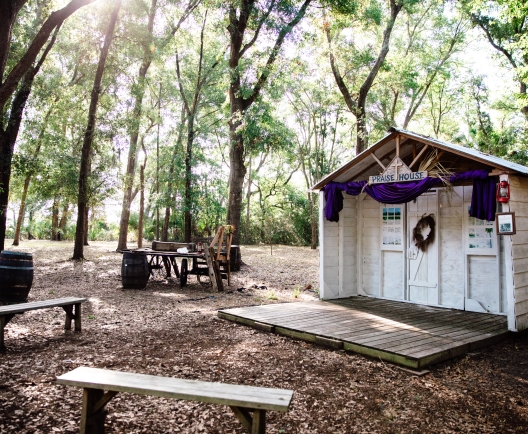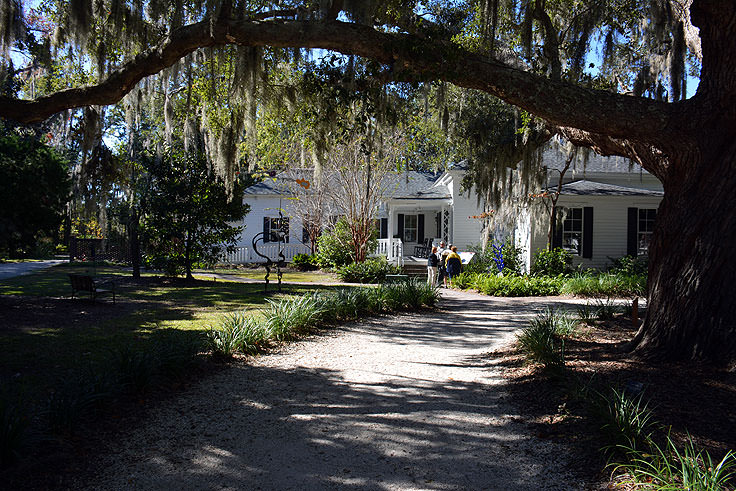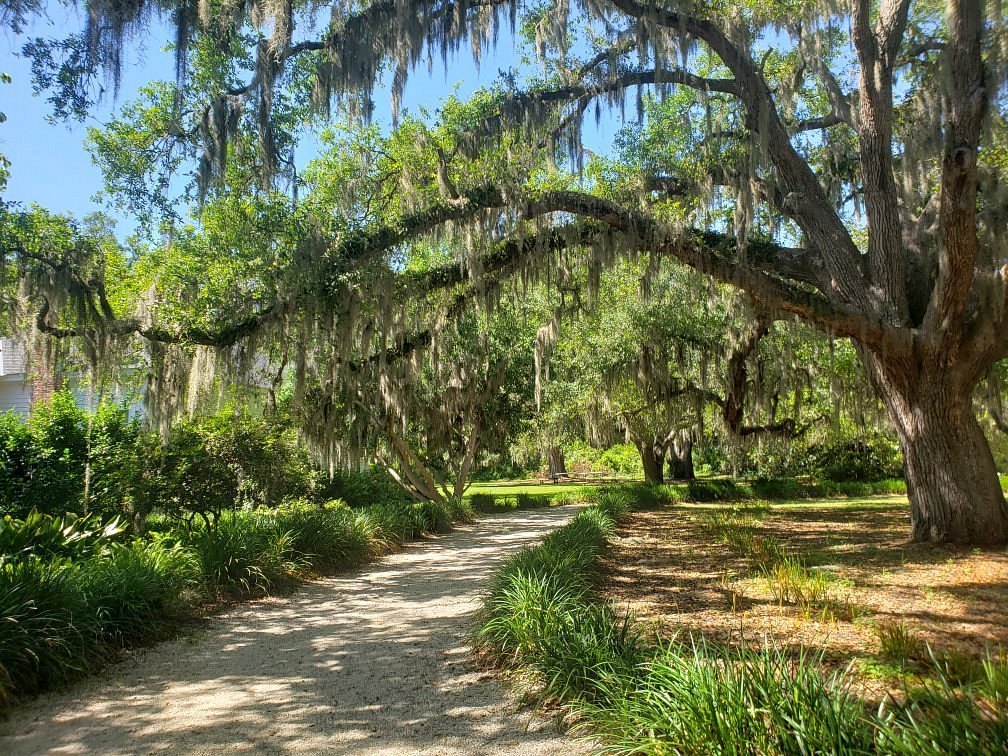Welcome to Hilton Head Island, a place where the layers of history are as rich and deep as the natural beauty that surrounds it. From the remnants of ancient Indigenous settlements to the echoes of Gullah voices singing through the streets of historic neighborhoods, this island offers a unique glimpse into the storied past of the Lowcountry. As we peel back these layers, we uncover a commitment to conservation that has safeguarded this paradise for future generations. Let’s journey through time and discover the heritage that makes Hilton Head not just a destination but a living museum of cultural and natural history.

- The Sea Pines Shell Ring: A glimpse into 4,000 years of Hilton Head’s indigenous history. Source: hiltonheadisland.org
The story of Hilton Head Island begins long before Captain William Hilton arrived in 1663. Due to the island’s rich resources, archeological excavations show that indigenous tribes have lived here for over 4,000 years. Sites like the Sea Pines Shell Ring offer a window into these ancient communities, with its circular mound of oyster shells and fish bones hinting at the social and ceremonial gatherings of its creators. This site, among others, showcases the sophisticated and sustainable way of life of the island’s first inhabitants, leaving a legacy of harmony with the natural world that continues to inspire today.
These ancient shell mounds, particularly distinctive in their shapes and sizes, stand as sentinel reminders of a rich cultural heritage on Hilton Head Island. The Sea Pines Shell Ring, with its near-perfect circular formation, is not only a testament to the architectural acumen of the indigenous people but also serves as a symbol of the island’s deep historical roots. Venturing into this shaded, serene space, where the wind whispers through the trees, visitors can almost hear the echoes of the past, providing a profound connection to those who walked these lands thousands of years ago.

- Inside the Gullah Museum of Hilton Head Island: Preserving the rich culture and history of the Gullah people. Source: hiltonheadisland.org
The Gullah people, whose ancestors were brought to Hilton Head Island and the surrounding Lowcountry as enslaved West Africans, have cultivated a rich and vibrant culture that thrives to this day. Their roots stretch back to the 18th century, weaving a tapestry of traditions, language, and art that stands as a testament to their resilience and strength. The Gullah community’s deep connection to their African heritage has preserved a unique cultural identity within the Lowcountry, making their history an essential chapter in the story of Hilton Head Island.
Historic Mitchelville Freedom Park and the Gullah Museum of Hilton Head Island are gateways to understanding this profound legacy. Mitchelville, the first self-governed town of formerly enslaved Africans in America, offers insight into the spirit of freedom and self-determination that characterized this community. The Gullah Museum, on the other hand, is a treasure trove of stories, songs, and structures that invite visitors to immerse themselves in the Gullah way of life. Through these experiences, the Gullah community extends a warm kumbaya, welcoming all to share in their enduring culture.

- The Coastal Discovery Museum at Honey Horn: Celebrating Hilton Head’s dedication to conservation and eco-planning. Source: hiltonheadisland.org
Hilton Head Island isn’t just a sanctuary for history enthusiasts; it also stands as a beacon of conservation, preserving the natural splendor that defines the Lowcountry. This dedication to environmental stewardship dates back to the mid-20th century, when visionary developer Charles Fraser introduced the concept of eco-planning to the island. Fraser’s innovative approach to development, which emphasized harmony with nature rather than dominance over it, forged a path for Hilton Head Island to become America’s first eco-planned community—a legacy that continues to shape its landscape and ethos.
Today, the Coastal Discovery Museum at Honey Horn serves as a vibrant center for exploring both the cultural heritage and natural beauty of Hilton Head Island. Nested within a scenic 68-acre property, the museum offers a rich array of exhibits that delve into the island’s past and present. Whether strolling through its lush gardens, exploring nature trails, or engaging with the interactive Kids Zone, visitors of all ages can connect with the island’s story. This commitment to preservation ensures that Hilton Head Island remains a place where history, culture, and natural beauty coexist in harmony.
As we trace the footsteps of indigenous tribes, celebrate the resilience of the Gullah community, and honor the efforts to conserve this breathtaking landscape, we discover the soul of Hilton Head Island. It’s a place where history isn’t just remembered; it’s lived and breathed every day. Whether you’re a history buff, a nature lover, or simply in search of a Lowcountry adventure, Hilton Head offers an unforgettable journey through time. So come and explore this unique island, where the past meets the present and the beauty of heritage and nature intertwine.
